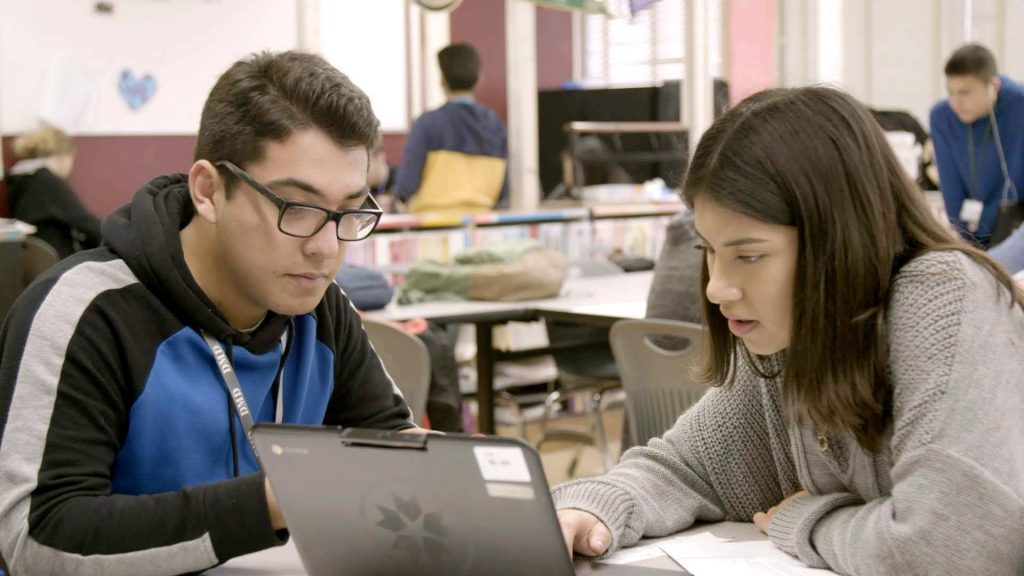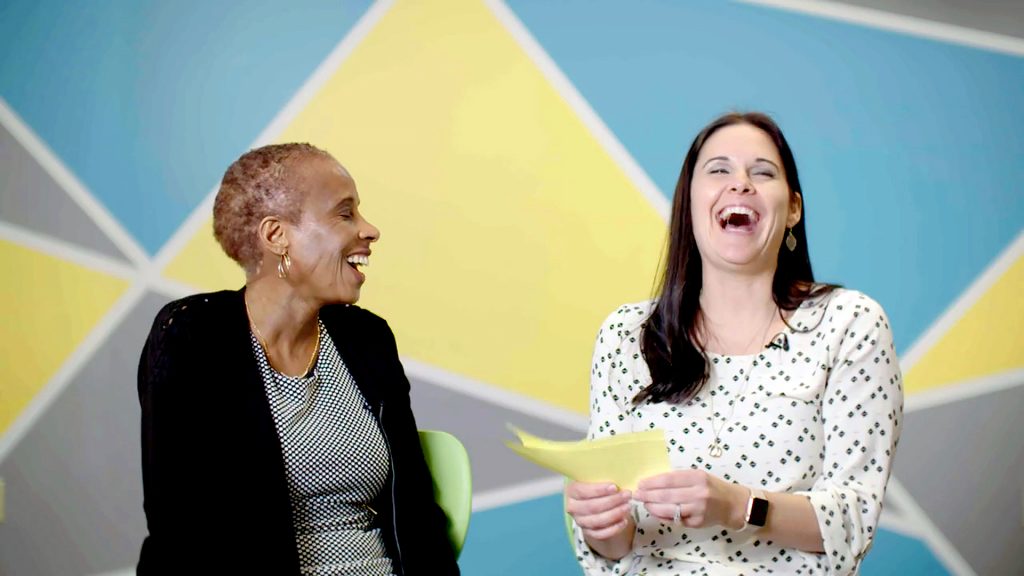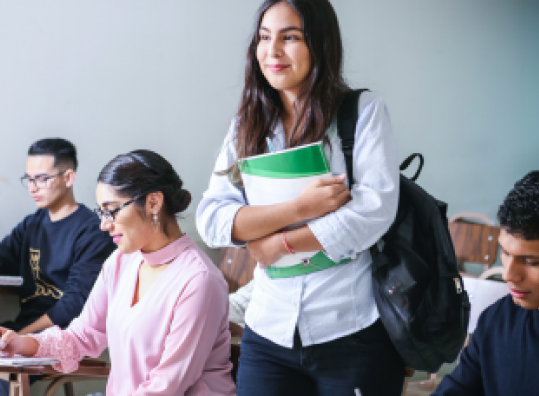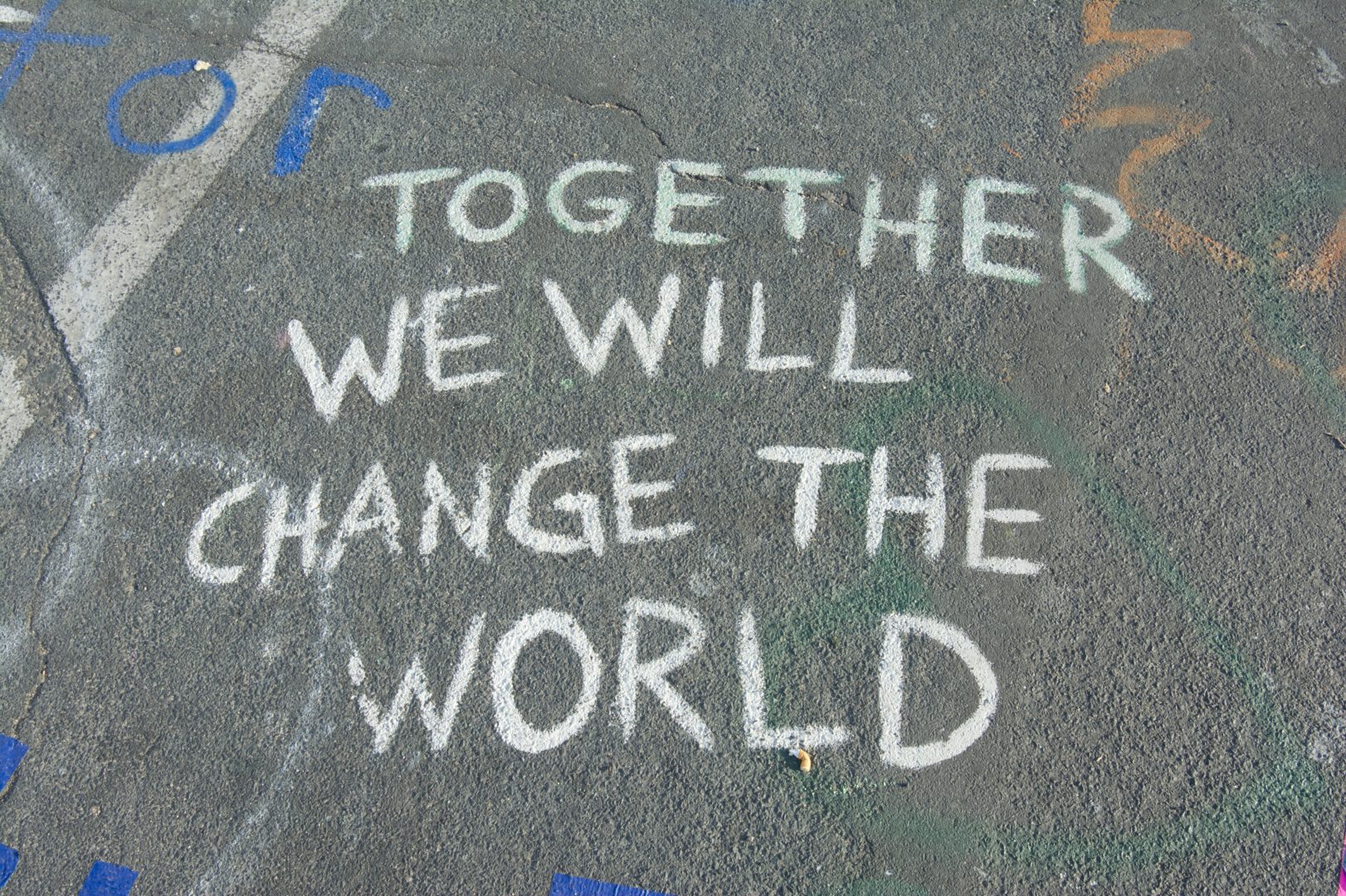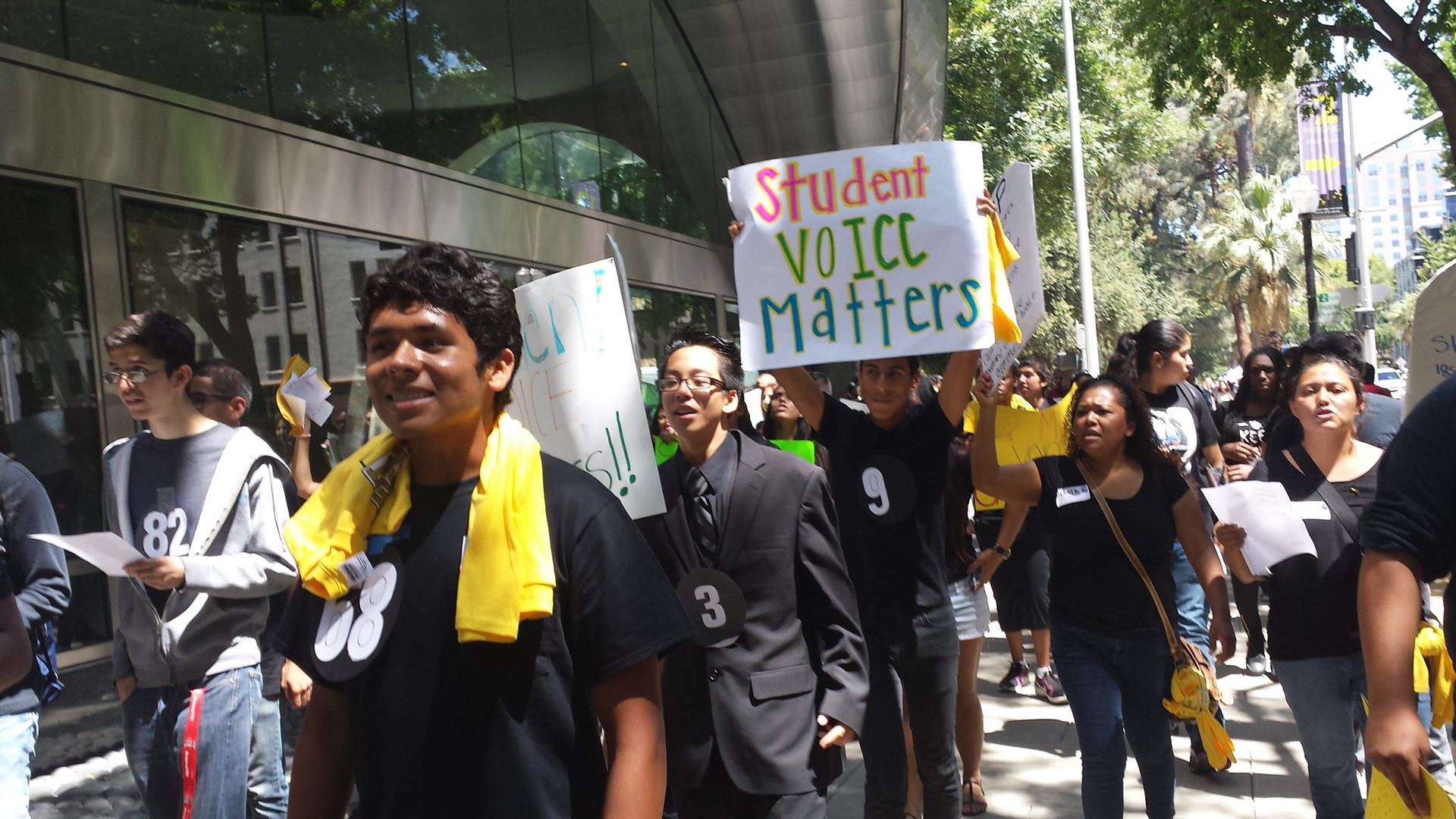Introduction
This case study demonstrates how East Side Union High School District in San Jose, in partnership with Californians for Justice, a youth-led educational justice organization, is utilizing the Local Control Funding Formula (LCFF) to develop student voice, power, and participation.
Although nine years have passed since the Local Control Funding Formula (LCFF) was signed into law in 2013, little is known about how and whether LCFF has empowered young people to take a more active role in influencing and contributing to educational justice. Phrases like ‘youth empowerment,’ ‘youth voice,’ and ‘youth participation’ have quickly gathered momentum. However, efforts to implement student voice and power are often muddled by concerns over their value, legitimacy, and purpose.
As educators and policymakers attempt to implement efforts and policies to develop student voice, many continue to grapple with common questions, including:
How can student voice and power support broader educational and racial justice efforts?
Will student voice improve educational outcomes or produce practical and innovative solutions?
How can partnerships with youth-led community-based organizations support school districts in moving towards meaningful student voice and participation?
How will this work change the educational experiences of students and adults?
Key Findings
- There is great potential for partnerships between school districts and community-based organizations working towards equity and educational justice. Such partnerships can be mutually beneficial: CFJ saw a unique opportunity for youth leaders to directly impact policy, practice and pedagogy at the district level, and The District recognized the potential of CFJ’s knowledge, skills and student-led organizing for advancing educational equity and democratic practices at ESUHSD.
- Structure and culture are interdependent factors that must be addressed when advancing youth voice, power, and participation. Deliberate structures must be created to support and create space for youth voice, and we must equip youth with the tools necessary to participate meaningfully within these structures. Cultural changes within school systems must also occur to ensure that youth are heard, their contributions valued, and their voices influence meaningful action.
- Engaging in democratic and critical spaces fosters a shift in students’ civic identities and their engagement with their own education and academic trajectories. Staff and student collaboration towards shared goals facilitated new adult-youth relationships, which in turn led to new conceptions of students’ identities as civic participators and agents of change. Gabby, a sophomore, shared: “I’m actually letting my voice and my thoughts be heard, rather than just keeping them in and silently observing… [this work] has helped us gain power to take back our schools. I know there’s a lot of focus at our school on academics without really seeing other things. We are much more than only academics.”
- When given power and leadership opportunities, youth leaders defy deficit and adultist beliefs about them. Students sought to address issues of educational equity, highlighted the importance of centering the voices of those most marginalized, and courageously demonstrated willingness and capacity to navigate difficult but necessary conversations about issues of educational disparities, race, and gender, amongst others.
Quotes
When Californians for Justice came into our district, that really turned things around. It empowered students to be involved in their communities. We brought up issues that the district hadn’t thought about, like mental health resources, and making sure students are prepared for college and being welcomed into school spaces. We’re making racial justice a priority and including that in everything we do as a district.Paula Escobar, Student Leader
I’m actually letting my voice and my thoughts be heard, rather than just keeping them in and silently observing. It’s good to be able to let them out because there might be other kids that feel the same way but are scared to speak up for themselves. I’m doing myself and them a favor by showing them it’s okay to speak out and voice your opinion. LCAP has also helped us gain power to take back our schools. I know there’s a lot of focus at our school on academics without really seeing other things. We are much more than only academics.Gaby, Student Leader
District Policy Recommendations
- Ensure structures created for youth and stakeholder participation in educational leadership, governance, and policymaking address equity and parity in participation. Existing arrangements of power and the cultures of participation and deliberation often run counter to the goals of such structures.
- Design student empowerment and democratic governance efforts and policies that encourage systemwide structural and cultural transformation, as opposed to mere compliance.
- Prioritize efforts and policies aimed at nurturing youth voice, power and participation as a way to dismantle deficit-oriented beliefs about students, especially Black, Brown, Indigenous, and other marginalized young people.
- Develop a clear set of goals and indicators to track progress towards set policy and program goals with student leaders and partner organizations.
- Honor the work, knowledge, and experience that community organizations and social movements hold and develop partnerships grounded in a shared pursuit of educational justice and equity.
- Emphasize and build deliberate mechanisms so that policy initiatives center the importance of knowledge transfer and continuing to build upon, sustain, and cultivate existing efforts.
Related Work
